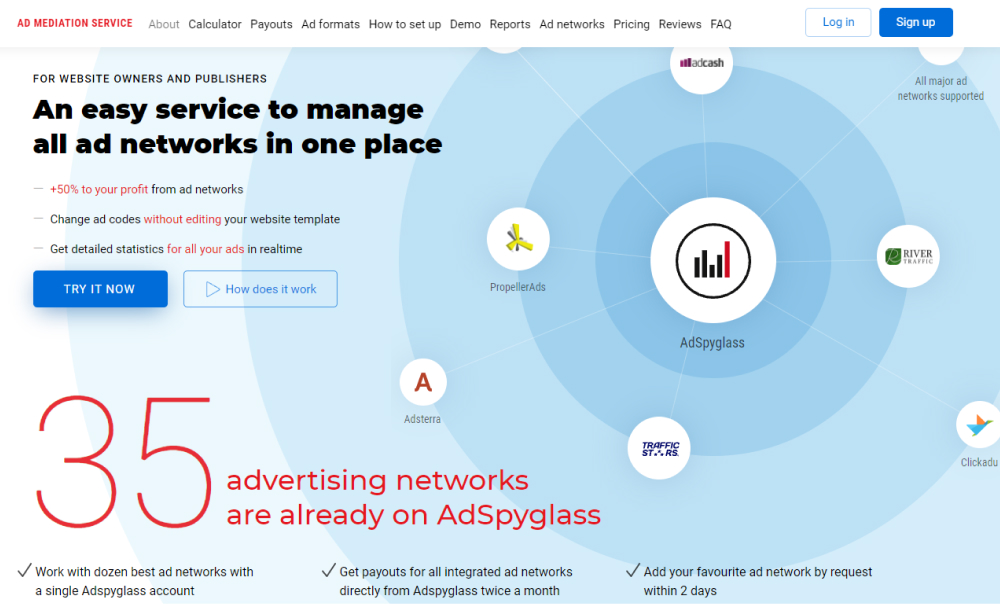MySQL is an open-source SQL relational database management system that works by client-server model. It was introduced back in 1995.
Let’s try to untangle the mix of words in the definition.
The name MySQL consists of two parts: My is the name of the co-founder’s daughter, and SQL stands for Structured Query Language, it is a programming language for access and management of relational databases. Consequently, if you see SQL by itself, do not think that it is the same thing as MySQL.
The database is the place where organized and structured data is stored. Relational databases have their data stored in tables, meaning that different types of data are stored in different tables. However, they can still communicate with each other through keys. Therefore, your data is well-organized which reduces the time spent on processing and you can use various data types at once.
Open source means that you can access the technology for free and customize it a bit to make the process easier. However, there are still some restrictions that you can find in their guides.
The client-server model means that all the data is stored on the server and the client sends requests to use it.
MySQL has become an industry standard for relational database management, has many supporters who can help with learning it or finding solutions, and it goes easy on system resources.
